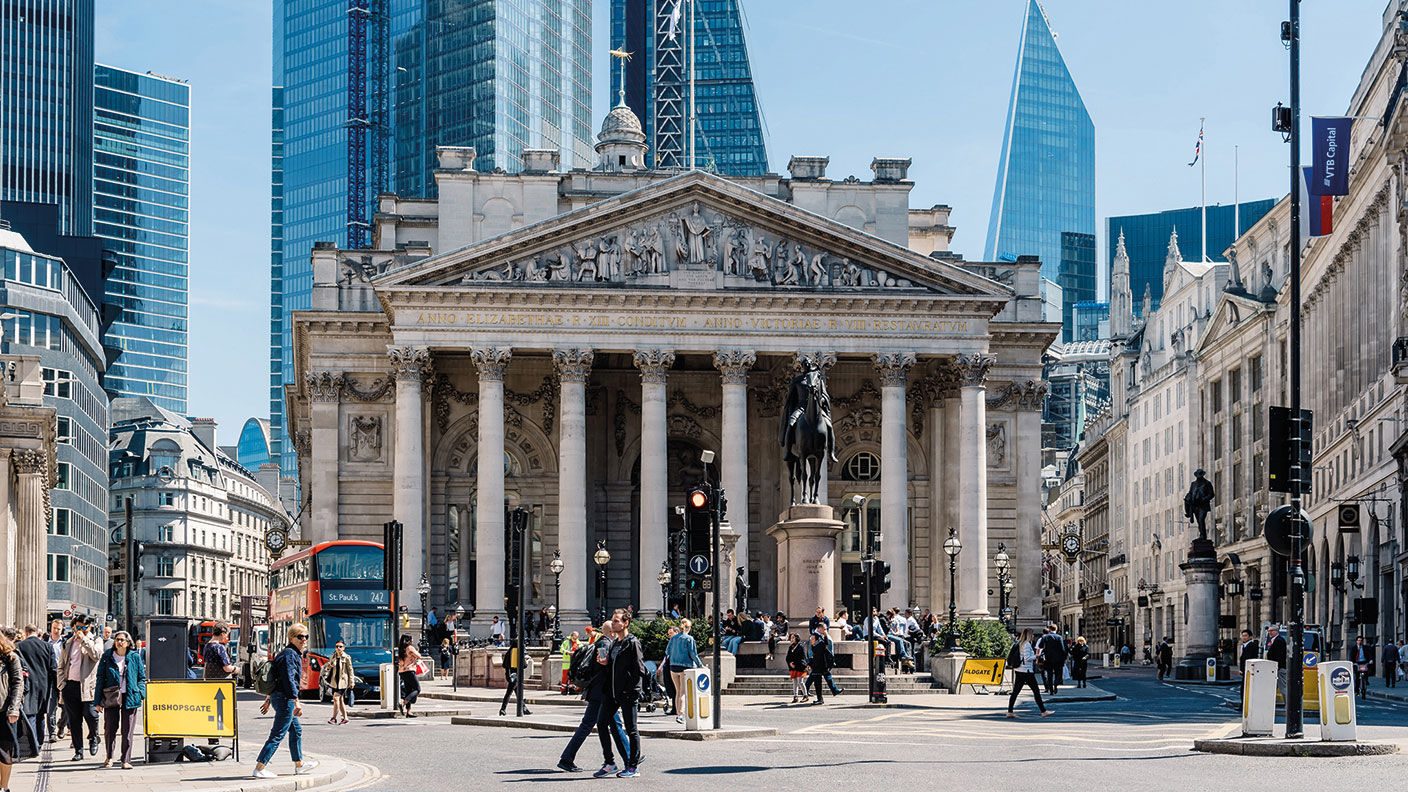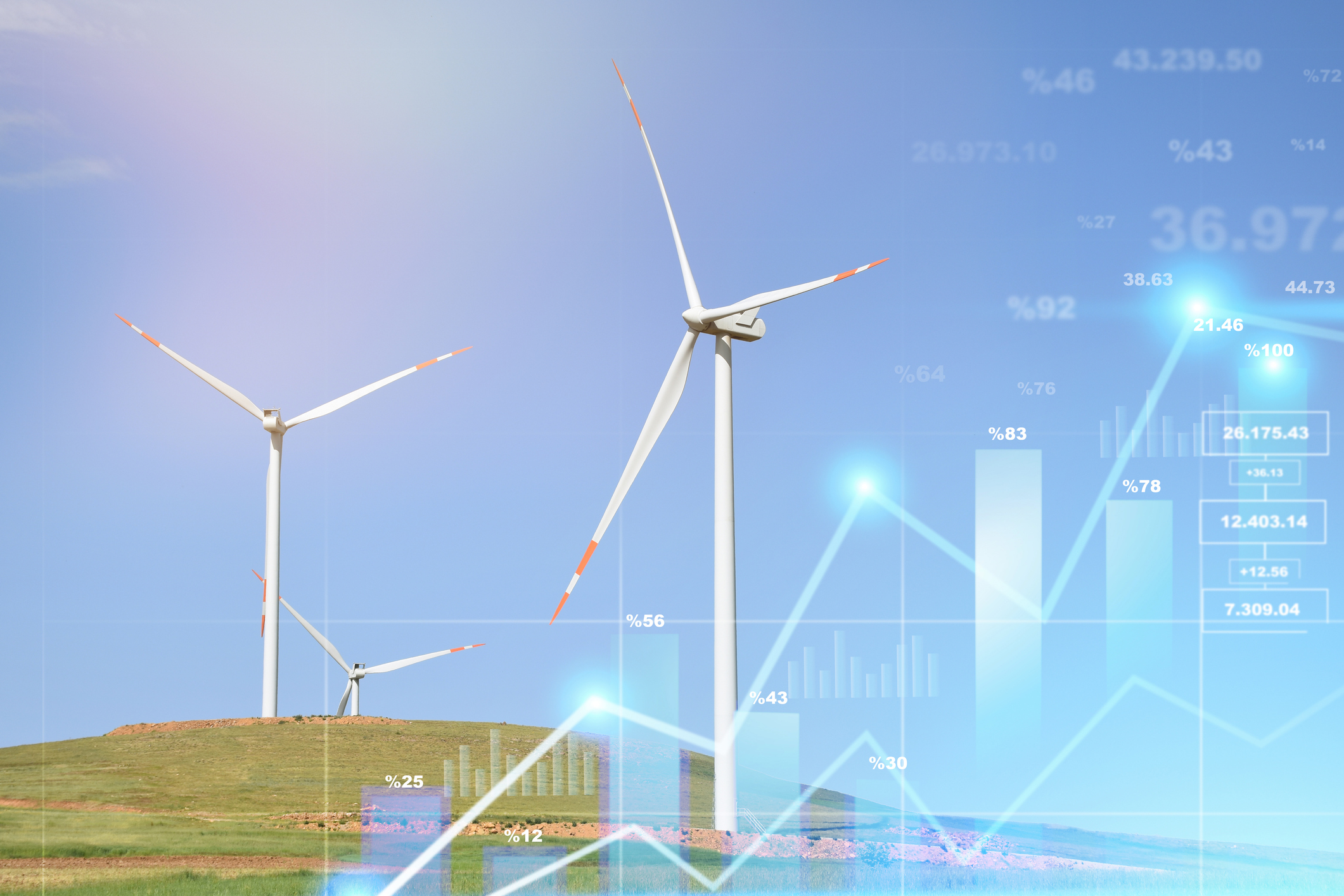Markets eye a new phase of the post-pandemic recovery
Economic growth may have passed its high point for this cycle, and earnings growth may have peaked, too.


“Judging by the slew of half-time investment outlooks being released at the moment, many investors and strategists are asking how far equity markets can run given their impressive gains over the past 16 months,” says Michael Mackenzie in the Financial Times. That’s no surprise, since there are plenty of uncertainties to ponder.
Policymakers are likely to scale back fiscal and monetary support, which could mean a slower economic recovery and weaker earnings growth. Taxes may start to rise to begin paying for the extraordinary level of government spending during the pandemic. Investors remain fixated on inflation and whether recent trends for higher prices are transitory: if they are not, interest rates may need to rise, which could mean a bumpy ride for markets. All this complicates any forecasts for which types of stocks – such as cheap value, expensive growth, cyclical recovery plays or high-quality defensives – are likely to do best in the months ahead.
However, there are clear signs that we’ve passed the part of the cycle “in which risk assets are embraced almost without discrimination”, says Buttonwood in The Economist. Key indicators such as the output and orders components of the US purchasing managers’ index (PMI) appear to have peaked in May, suggesting economic growth may have passed its high point for this cycle, at least in America.
MoneyWeek
Subscribe to MoneyWeek today and get your first six magazine issues absolutely FREE

Sign up to Money Morning
Don't miss the latest investment and personal finances news, market analysis, plus money-saving tips with our free twice-daily newsletter
Don't miss the latest investment and personal finances news, market analysis, plus money-saving tips with our free twice-daily newsletter
That in turn implies that earnings growth may have peaked, which would be a headwind for a market that already trades on a relatively high valuation. “Markets are forward looking. They now have less to look forward to.”
Lessons from recent history
Of course, these are exceptional times, says Andrew Sheets of Morgan Stanley. “The global economy saw the largest collapse in recorded history… what followed was the largest global fiscal easing, the largest monetary easing and the lowest real interest rates in history.” So past cycles might not be a perfect guide to what to expect. Nonetheless, there are echoes in today’s markets of one relatively recent recovery: the sharp rally in 2003 that followed the dotcom bust. This was “classic, early-cycle stuff”, with strong returns for riskier assets.
Coming into 2004, valuations were high and pricing in plenty of optimism, just like today. Over the next year, the economy remained healthy, growth stayed strong, unemployment fell and inflation rose. Yet US stocks went through a period of consolidation as earnings caught up with valuations. There was no clear trend in which sectors did better globally, but it was notable that non-US markets outperformed the US, despite a modestly stronger dollar.
The same pattern could well play out this time, suggests Sheets. So it may be noteworthy that European stocks have begun to outstrip the US in recent weeks, and cyclical markets such as the UK, Germany and Spain look comparatively attractive, Ray Farris of Credit Suisse tells CNBC. Europe could see earnings grow as fast as the US in 2021, yet valuations are at “multi-decade lows” relative to the S&P 500. “You are getting Europe on sale as it comes out of the pandemic, as it reopens and as growth accelerates.”
Get the latest financial news, insights and expert analysis from our award-winning MoneyWeek team, to help you understand what really matters when it comes to your finances.
Cris Sholto Heaton is an investment analyst and writer who has been contributing to MoneyWeek since 2006 and was managing editor of the magazine between 2016 and 2018. He is especially interested in international investing, believing many investors still focus too much on their home markets and that it pays to take advantage of all the opportunities the world offers. He often writes about Asian equities, international income and global asset allocation.
Cris began his career in financial services consultancy at PwC and Lane Clark & Peacock, before an abrupt change of direction into oil, gas and energy at Petroleum Economist and Platts and subsequently into investment research and writing. In addition to his articles for MoneyWeek, he also works with a number of asset managers, consultancies and financial information providers.
He holds the Chartered Financial Analyst designation and the Investment Management Certificate, as well as degrees in finance and mathematics. He has also studied acting, film-making and photography, and strongly suspects that an awareness of what makes a compelling story is just as important for understanding markets as any amount of qualifications.
-
 Boost for over 100,000 families on Child Benefit as new HMRC payment system rolled out
Boost for over 100,000 families on Child Benefit as new HMRC payment system rolled outThousands of households will no longer have to pay the dreaded High Income Child Benefit Charge through self-assessment
-
 Are you being haunted by the ghost of Christmas past? How festive cutbacks could boost your long-term wealth
Are you being haunted by the ghost of Christmas past? How festive cutbacks could boost your long-term wealthThe average family spends around £1,000 over the Christmas season. Here’s how much you could have gained if you had invested some of the money instead.
-
 The steady rise of stablecoins
The steady rise of stablecoinsInnovations in cryptocurrency have created stablecoins, a new form of money. Trump is an enthusiastic supporter, but its benefits are not yet clear
-
 Goodwin: A superlative British manufacturer to buy now
Goodwin: A superlative British manufacturer to buy nowVeteran engineering group Goodwin has created a new profit engine. But following its tremendous run, can investors still afford the shares?
-
 A change in leadership: Is US stock market exceptionalism over?
A change in leadership: Is US stock market exceptionalism over?US stocks trailed the rest of the world in 2025. Is this a sign that a long-overdue shift is underway?
-
 Modern Monetary Theory and the return of magical thinking
Modern Monetary Theory and the return of magical thinkingThe Modern Monetary Theory is back in fashion again. How worried should we be?
-
 Metals and AI power emerging markets
Metals and AI power emerging marketsThis year’s big emerging market winners have tended to offer exposure to one of 2025’s two winning trends – AI-focused tech and the global metals rally
-
 King Copper’s reign will continue – here's why
King Copper’s reign will continue – here's whyFor all the talk of copper shortage, the metal is actually in surplus globally this year and should be next year, too
-
 The coming collapse in the jobs market
The coming collapse in the jobs marketOpinion Once the Employment Bill becomes law, expect a full-scale collapse in hiring, says Matthew Lynn
-
 Renewable energy funds are stuck between a ROC and a hard place
Renewable energy funds are stuck between a ROC and a hard placeRenewable energy funds were hit hard by the government’s subsidy changes, but they have only themselves to blame for their failure to build trust with investors
